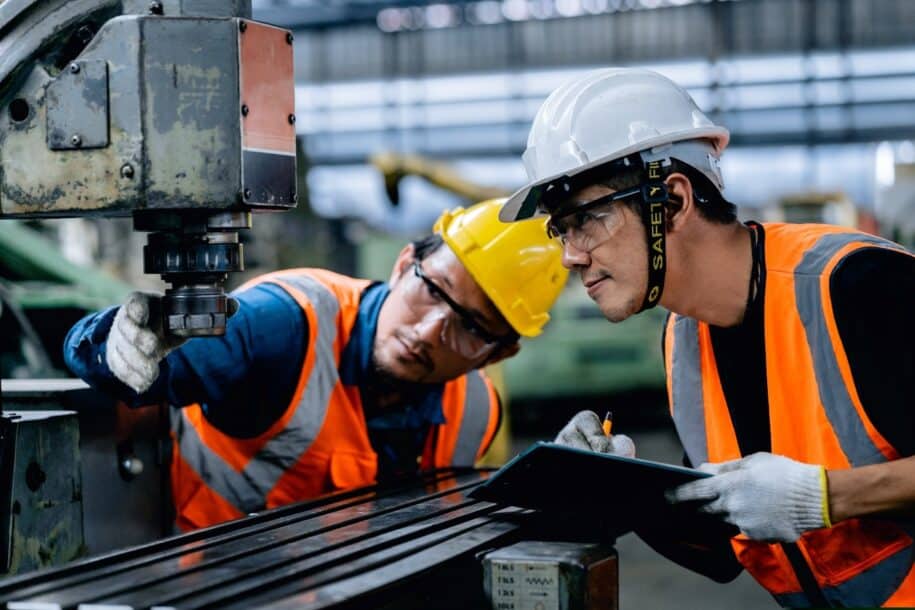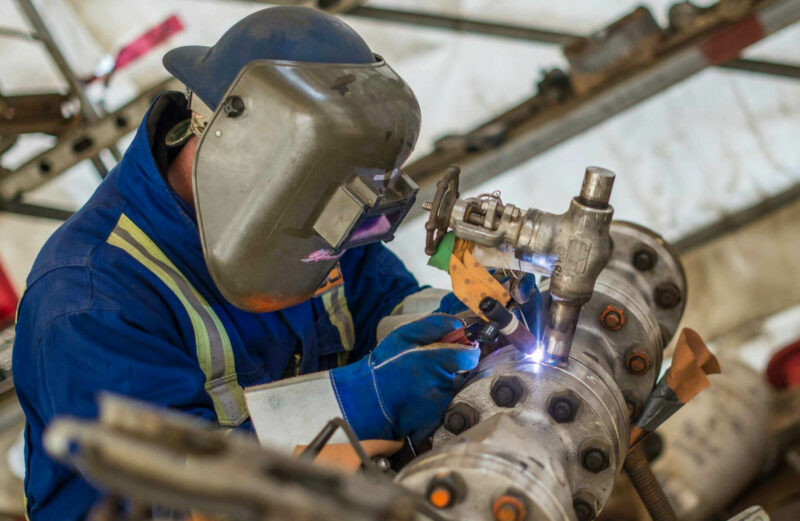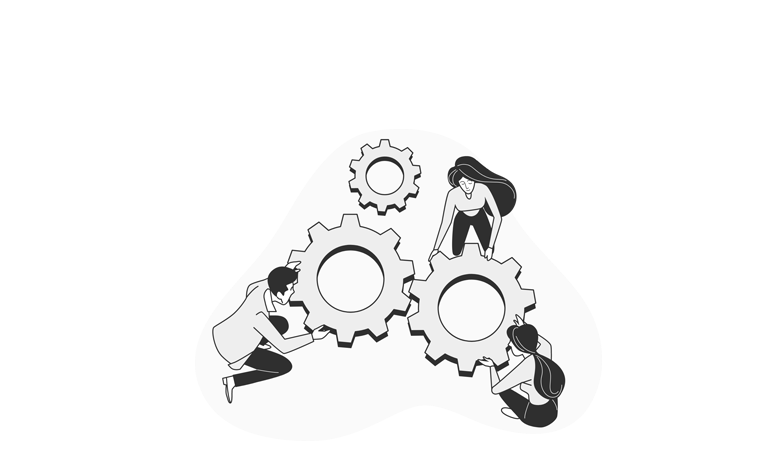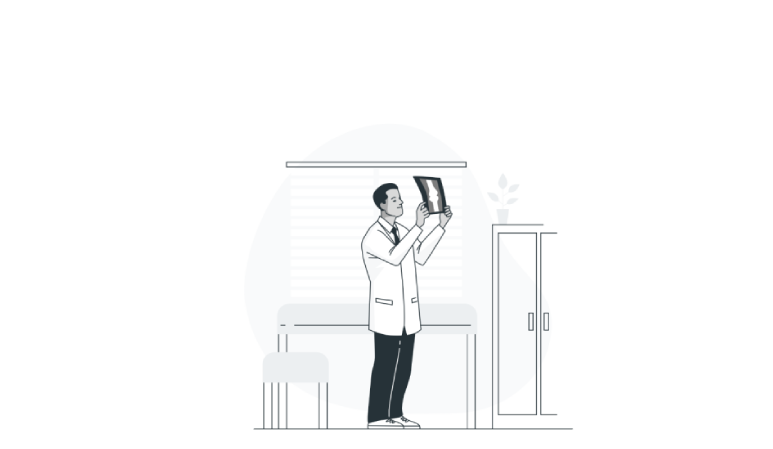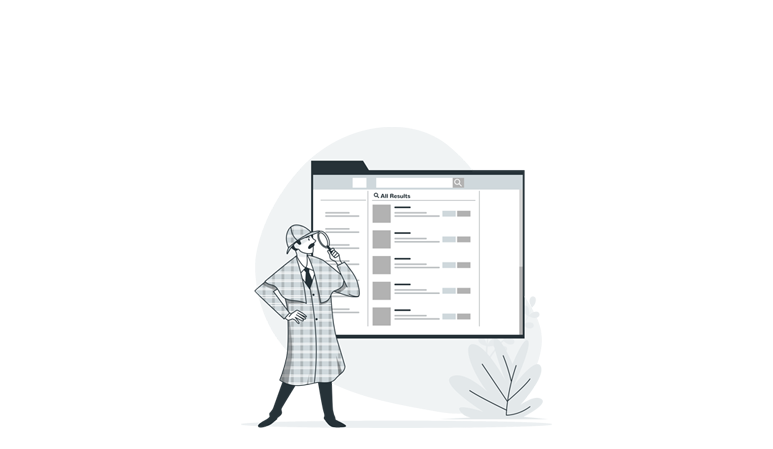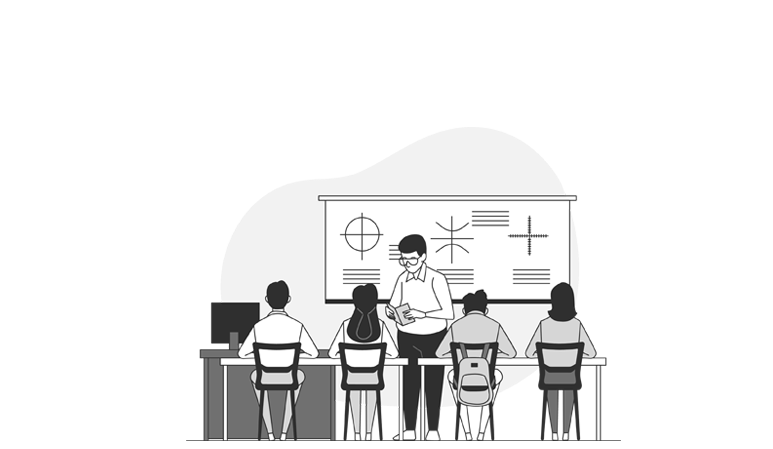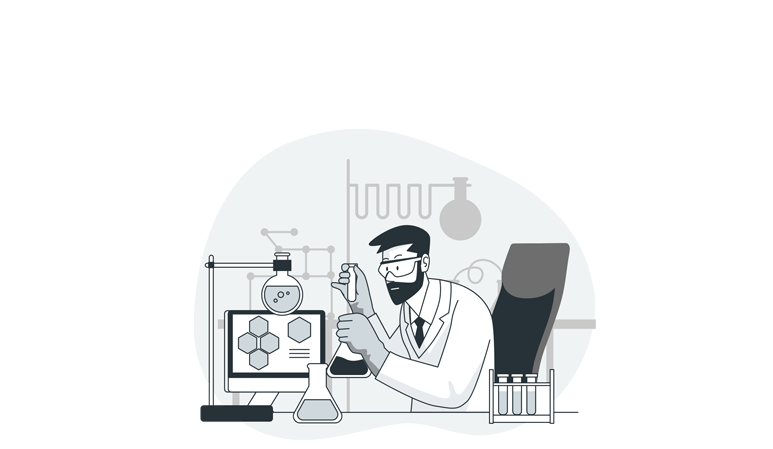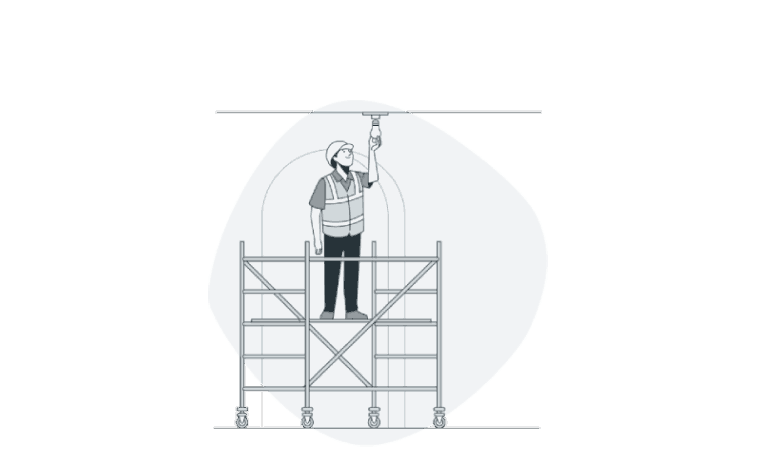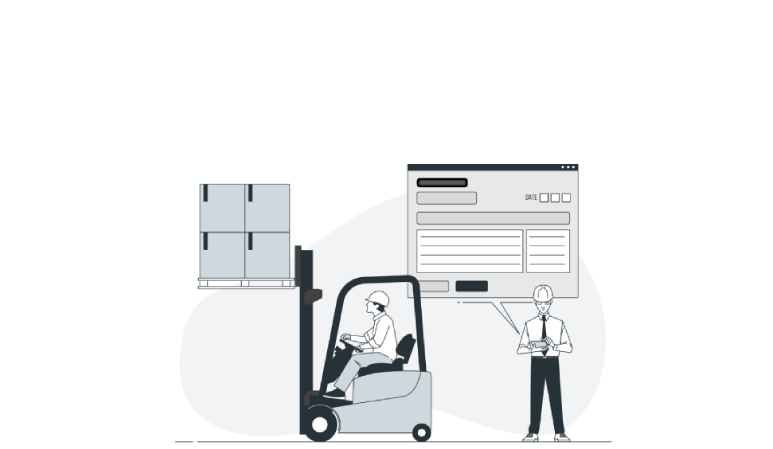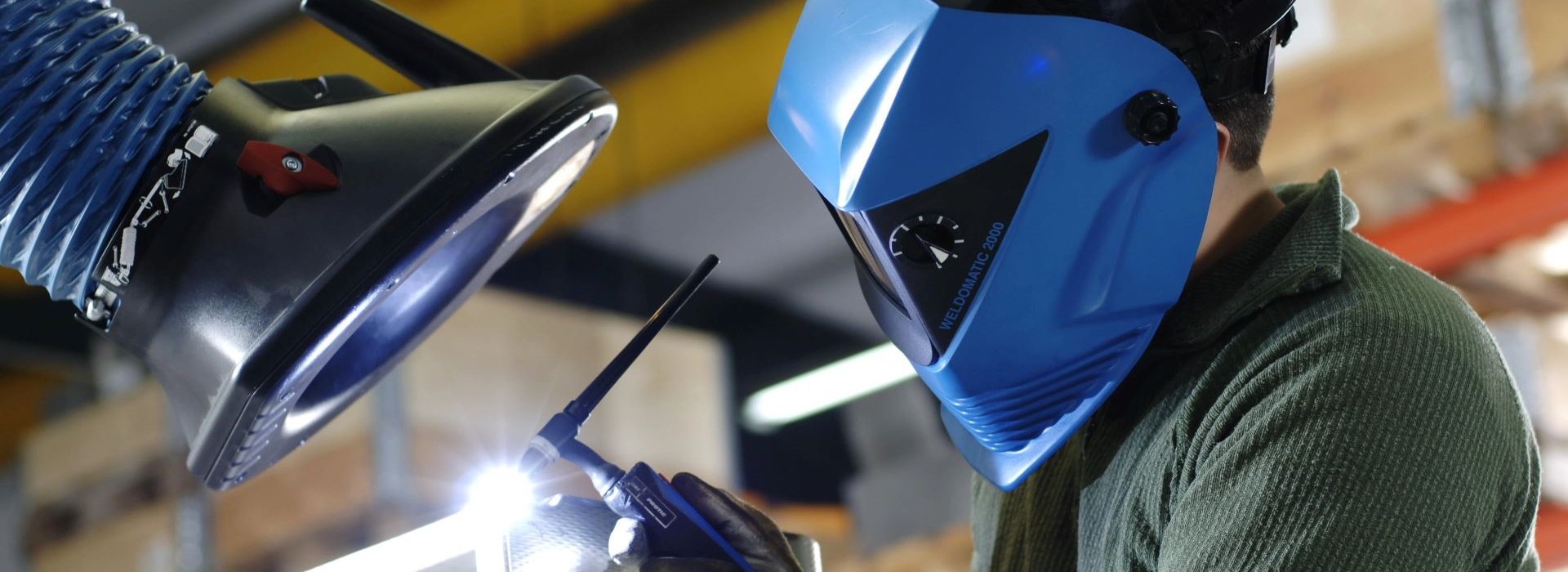
“An ounce of prevention is worth a pound of cure.” – Benjamin Franklin
In 2016, OSHA reported that employees lost over 36,000 workdays due to chemical injuries. This alarming statistic underscores the critical importance of implementing effective safety measures in the workplace. The Hierarchy of Control (HOC) provides a structured framework for managing hazards, ensuring that the most effective control methods are prioritized to protect workers.
Understanding the Hierarchy of Control
The Hierarchy of Control consists of five levels, arranged from the most to the least effective methods of hazard control:
- Elimination: Completely removing the hazard from the workplace.
- Substitution: Replacing the hazard with a less dangerous alternative.
- Engineering Controls: Isolating people from the hazard through design solutions.
- Administrative Controls: Changing the way people work, including procedures and training.
- Personal Protective Equipment (PPE): Providing equipment to protect workers from hazards.
Examples of Hierarchy of Control in Practice
To illustrate how the Hierarchy of Control can be applied to various workplace hazards, consider the following scenarios:
Chemical Hazard
- Elimination: Reformulate the product to use non-hazardous materials.
- Substitution: Use a less hazardous chemical in the product formulation.
- Engineering Control: Install fume hoods to remove hazardous fumes from the workstation.
- Administrative Control: Install warning signs or high concentration alarms.
- PPE: Require employees to wear chemical respirators.
- Behavior: Limit the quantity of hazardous chemicals used by employees.
Lifting Hazard
- Elimination: Install a bulk material delivery system to eliminate manual bag lifting.
- Substitution: Resize 50 lbs bags to 30 lbs bags.
- Engineering Control: Provide vacuum lift assist systems.
- Administrative Control: Rotate job duties every four hours.
- PPE: Provide back belts for employees.
- Behavior: Encourage safe lifting practices among employees.
Working at Height Hazard
- Elimination: Relocate equipment from an unprotected roof to ground level.
- Substitution: Replace equipment with options that require less maintenance and repair.
- Engineering Control: Install safety rails and use boom lifts.
- Administrative Control: Paint warning signs and boundaries at 6 ft from the unprotected roof edge.
- PPE: Provide safety harnesses.
- Behavior: Limit the time employees spend on the roof.
(Source: SafetyTalks by OSHEPRO)
Implementing the Hierarchy of Control
Step 1: Assess the Workplace
Conduct a thorough risk assessment to identify potential hazards. This step is crucial for understanding the specific risks associated with different tasks and environments.
Step 2: Design Controls
Start from the top of the hierarchy. Evaluate if hazards can be eliminated or substituted. If not, design engineering controls to minimize exposure.
Step 3: Implement Controls
Put the designed controls into practice. This may involve purchasing new equipment, modifying existing machinery, or redesigning work processes.
Step 4: Train and Educate
Educate employees on the new controls, ensuring they understand how to use them and why they are important. Effective training is vital, especially for administrative controls.
Step 5: Monitor and Review
Regularly review the effectiveness of the controls and make adjustments as needed. Continuous monitoring ensures that the controls remain effective and relevant.
Step 6: Documentation
Keep detailed records of all steps taken. Documentation is essential for compliance and helps in reviewing the effectiveness of the implemented controls.
Best Practices for Integration
- Involve Employees: Engage workers in the process to develop more effective solutions and ensure compliance.
- Continuous Improvement: Treat the integration as a dynamic process, open to ongoing changes and improvements.
- Prevention through Design: Incorporate the Hierarchy of Control during the design phase of workspaces and processes.
- Combine Controls: Often, a combination of control methods is necessary to effectively reduce risks.
The Hierarchy of Control is a proven method for managing workplace hazards and protecting employees. By systematically assessing risks and applying the most effective controls, organizations can create safer work environments and reduce the likelihood of accidents and injuries.

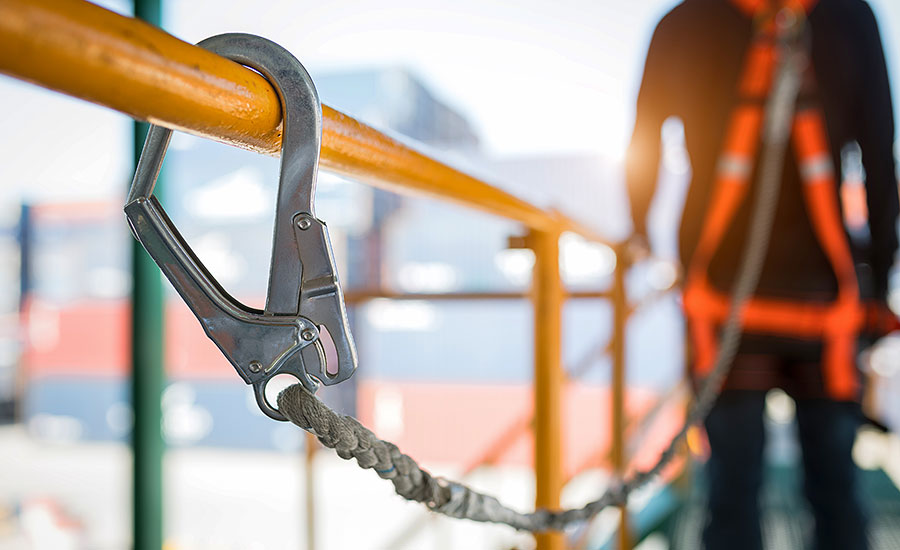
.png)
.png)


.png)


.png)
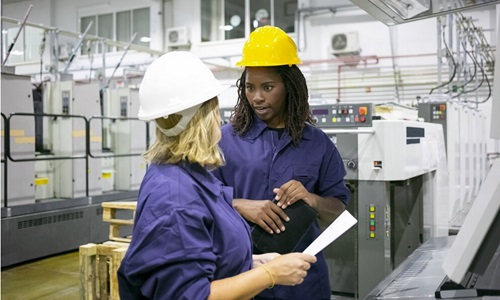
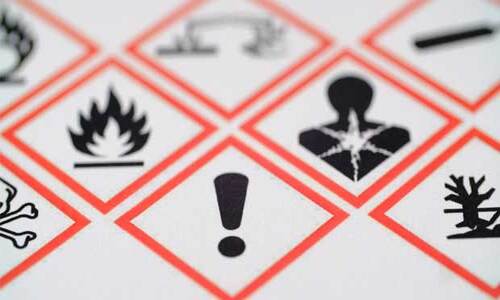
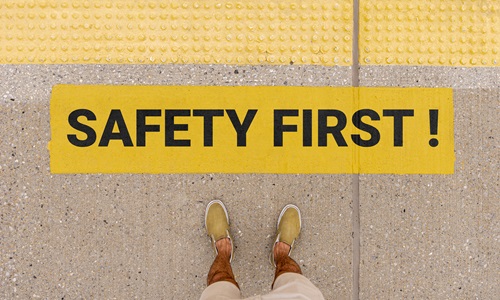
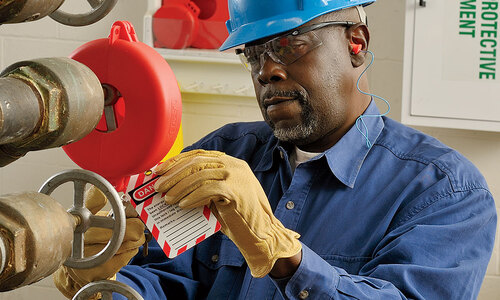
.jpg)

